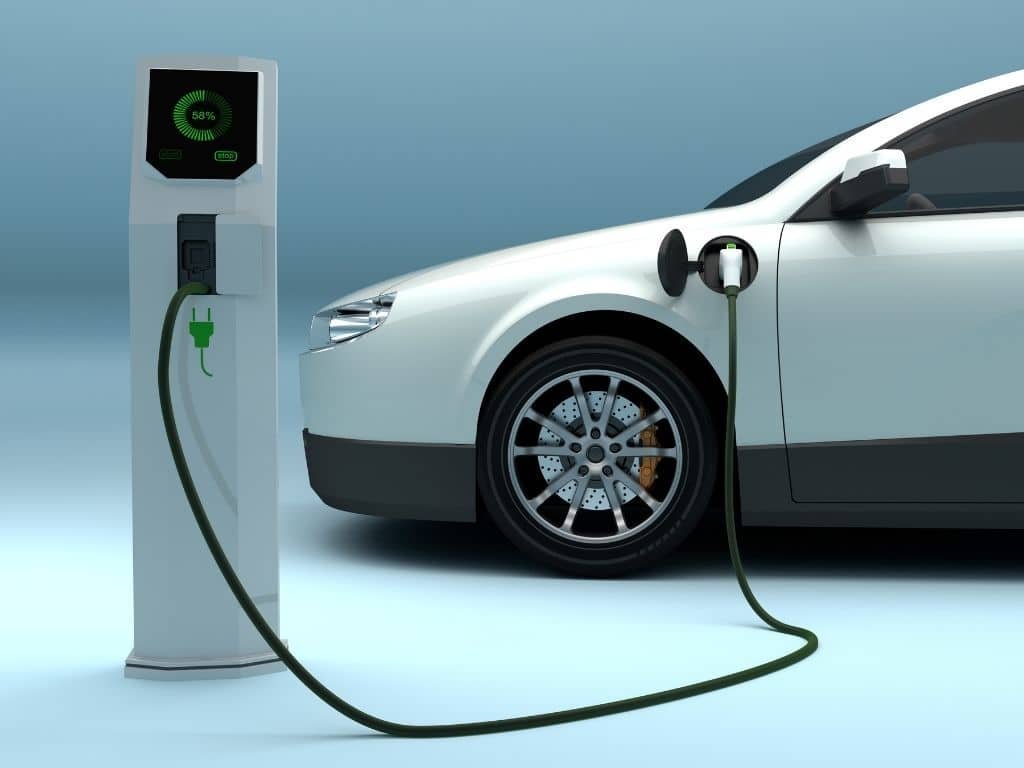Pollution and Exploitation: The Reality of Electric Cars
This blog was written by VCU student Arika Gray
Introduction
Global warming directly impacts the environment, and a decrease in carbon emissions is essential. The temperature is predicted to increase by 1.5 degrees celsius by 2050. It’s very clear that we need to find efficient ways to decrease the amount of carbon dioxide entering the atmosphere annually, the question is how.
To many, the most plausible and immediately-effective solution is electric vehicles. The United States releases the most vehicle emissions in the world. Most of those emissions are from passenger cars, or cars that everyday citizens use. That being said, electric cars do initially seem like a realistic alternative. Even government officials think so, with California representatives taking initiative to put legislation in place requiring zero-emission vehicles by as early as 2035. While electric cars do seem to promise a low-emission future, they do come with issues.
The Problem
While electric vehicles do produce less direct emissions than gas-powered vehicles, electric cars produce much more in-direct or production-associated emissions than gas-powered vehicles. Creating electric vehicles requires a specific type of battery. This battery is composed of metals that have to be extracted and shipped to the locations where electric vehicles are assembled. Two of the components of electric vehicle batteries, lithium and cobalt, have to be mined extraneously in developing countries. The mining of these materials causes water, soil, and air pollution. This pollution is greater than the pollution associated with the creation of gasoline-powered vehicles, and can directly affect the environment and inhabitants of the area where the mining is taking place.
Emissions from production aren’t the only problem, the components of electric vehicles are also mined in poorer countries where there aren’t protections for those mining. Much of the world’s cobalt is held within the Democratic Republic of Congo, or the DRC, and many of the cobalt miners within that area utilize child labor which is a complete violation of human rights. Mining cobalt for an extended amount of time has also been shown to be linked to a variety of health ailments, such as birth defects and breathing problems.
On top of indirect emissions from production and unethical labor, electric vehicles also are very expensive to create and maintain. The most expensive part of an EV is the battery because of the costs associated with mining the materials and assembly, prices for the battery alone can range from 4,000 to 20,000 USD. Since a battery is usually replaced every few years, batteries would have to be mass-produced efficiently and EV drivers would have to be capable of purchasing the battery. Both of these circumstances are currently not the case for most drivers or manufacturers, and won’t be for a long time.
Conclusion
While electric vehicles aren’t as environmentally harmful as gasoline-powered vehicles, they still come with their fair share of issues. There are plenty of other alternatives that people can make within their own daily lives to cut down on their carbon footprint. Doing things such as monitoring electricity usage, utilizing public transit, and buying local, can help decrease one’s annual carbon footprint.
There are also a variety of alternatives to electric cars that are in the beginning stages of production and distribution, such as hydrogen-powered and solar-powered vehicles. While these vehicles are currently really expensive, the prices should decrease as the technology becomes more available.
Resources:
https://www.nature.com/articles/d41586-021-02222-1
https://www.motortrend.com/features/truth-about-electric-cars-ad-why-you-are-being-lied-to/


